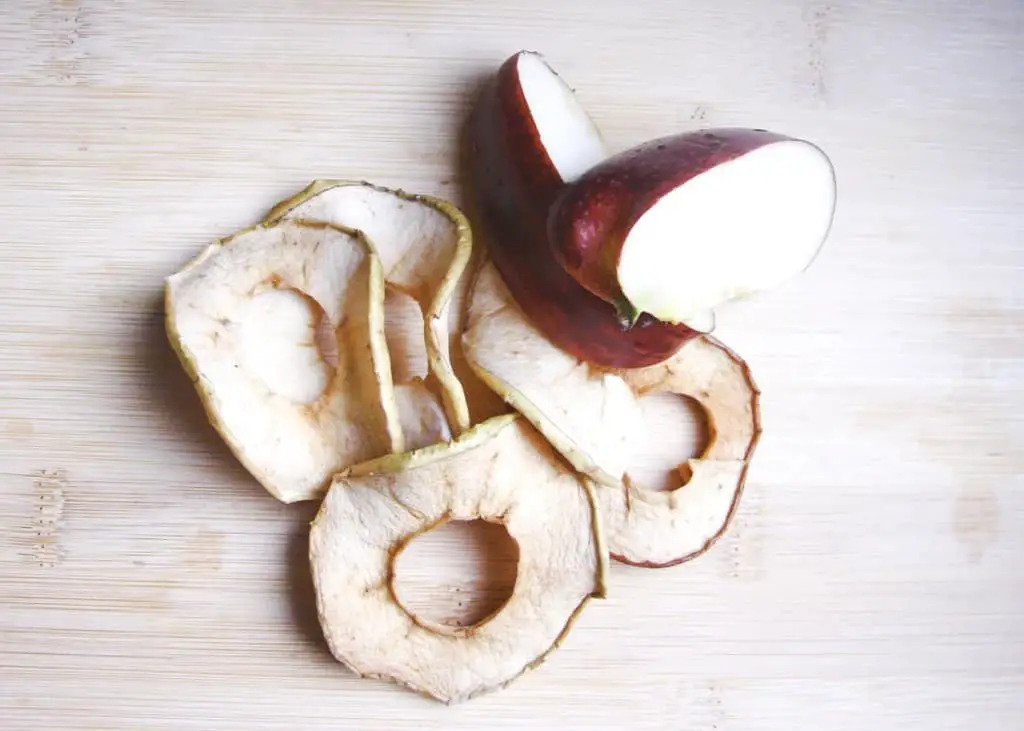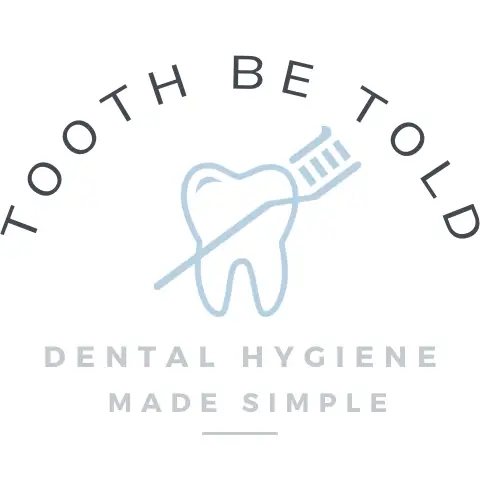
Parents always want the best for their children, and packing a healthy school lunch is part of that. Sometimes snacks that we think are healthy, are actually wreaking havoc on your child’s mouth.
I know you have good intentions, or you wouldn’t be here. So let’s go over what we can change. A few tweaks can go a long way in preventing cavities.
You want to avoid sticky, starchy, sugary, and acidic foods, my complete list of foods is below. I also added a list of better food choices that you can swap into your lunch.
Did you know that cavities are the number 1 reason for missed school days? In Canada alone, about 2.26 million school day absences occur each year. These absences are due to cavities and dental-related illnesses.
occur each year. These absences are due to cavities and dental-related illnesses.
Even being the top chronic disease in the world, it is the most preventable. Imagine that!
If your child has decay they may not even show signs at the beginning, or they may be too young to communicate their pain.
That is why having regular check-ups at the dentist is so crucial. There are things that we (dental hygienists) and dentists can do to help prevent cavity formation or catch it before it gets to be a major issue.
We can see and detect things that you may not be able to see at home, I mean we do have a huge light and magnifying glasses!
Cavity-Causing Foods to Avoid
Sticky Foods; the worst
- Dried fruit such as; raisins, dates, mangos
- Will stick around longer in the mouth vs fresh fruit
- Gummy and fruit snacks;
- Loaded with sugar
- Will often leave a residue even after brushing and gets stuck in the grooves of the teeth
- May claim to be made our of real fruit juice, but this is still not good
- Granola bars; high sugar content
Starchy Foods – breaks down into sugar
- Cookies
- Chips (even the seasonings can have added sugar)
- Crackers
- Cereal (depends on the kind but most have added sugar, and sometimes it may not seem like there is added sugar because of sneaky marketing to make you think the cereal is healthier than it is)
- Pretzel sticks
Sugary Foods
- Juice/sports drinks/soda (pop/soft drinks)
- Fruit packed in syrup ex; peaches
- Oranges
- Candy – the gooey/sticky ones are the worst for example; taffy
- Muffins (depends on the kind), sometimes they have more sugar than a donut!
Acidic Foods
- Salad dressing
- Diet sodas (pop/soft drinks)
- Pickles
- Apple sauce
- Tomatoes
Better options;
- Fresh fruit and vegetables such as
- Avocado
- Bananas
- Broccoli
- Black olives (the green ones are more acidic)
- Carrot sticks
- Cucumbers
- Cheese (increases saliva flow to rinse away the sugar)
- Bread
- Water!
- This is a big one, your child really does not need juice. Having a water bottle handy means they can sip on it all day. Not only does this keep them hydrated but if they have eaten cavity-causing food, the water will help rinse away the sugar and acid.
Picky Eater? Allergies?
I understand that some kids just won’t eat certain foods or they are adamant that they have a certain something in their lunch like a cookie. In addition, some kids have allergies to different foods that limit what you can put in their lunch.
It’s all about balance. Finding that sweet spot between healthy foods and treats, along with not having a full lunch bag come back to you at the end of the school day. I was definitely guilty of that when I was a child.
If your child definitely wants certain foods in their lunch or it just works for you, try adding in a couple of teeth-friendly snacks. Every little bit counts and makes a difference to prevent cavities.
You can even brush their teeth when they get home from school. This way you are getting in another brush session and removing most of the cavity-causing bacteria in their mouth.
How a cavity forms
The billions of bacteria in our mouth feed on the sugars that we eat.
The sugar can come from actual sugar or from starchy foods that break down into sugar.
When the bacteria eat the sugar they produce acid.
Too much acid can start to break down your tooth, causing a cavity.
This acid can also come from foods that are acidic.
It is very important to keep in mind that if a cavity is just starting to form your child won’t be in any pain until it gets more serious. Baby teeth have very thin enamel so when a cavity starts to form, it develops VERY quickly heading to the nerve of the tooth.
The saliva in our mouths plays an important role in preventing cavities. It rinses away the acid, bringing up the pH level in your mouth so a cavity cannot form. A cavity can start to form when the pH level is below 5.5.
It takes about 30 minutes for your own saliva to make your mouth less acidic and get it up past the 5.5 pH threshold.
However, if you are not brushing and flossing regularly that is when your mouth will be in a more constant acidic state which = potential for more cavities. Even taking medications that dry out your mouth can cause this too.
As well, if you are eating more frequently your mouth will be in an acidic state for a longer amount of time.
If you think of your tooth as a brick wall, every time you eat something the acid starts to remove individual bricks in the tooth wall. If you lose too many bricks, a hole in the wall of your tooth will form.
If the hole is too big, that’s when you need to get it fixed by having a filling. When its just one brick, your saliva can heal that spot, and put that brick back in place.
The point I’m trying to get at is that it’s not the amount of sugar you are consuming, its the number of times during the day that you are eating it. The more frequently you eat it, the longer your mouth is in an acidic state
Oral Health Routine for kids – DO NOT SKIP
When I have a child in my dental chair I ask them a few questions. One of them is; Does mommy or daddy help you brush your teeth?
I can get some pretty honest answers out of them. And most of the time parents are letting their children brush their own teeth WAY TOO early.
A lot of kids are brushing on their own when they should not be, they simply do not have the dexterity or attention span to follow a pattern around the mouth as well as the fine motor skills to have a proper brushing technique.
This technique needs to be taught and practised over time, and practice makes perfect!
As a rule of thumb, if your child cannot tie their shoelaces, they should not be brushing on their own.
I find it is better if the parent starts the brushing, and lets the child take over after and finish it up. It is easier to give than to take away.
Along with this, having a timer can help instill the length of time it takes to properly brush your teeth. A pattern and routine can be established by doing all the top teeth, moving to the bottom and not forgetting about the tongue.
Getting your child started with an electric toothbrush is great because it has a timer, and is doing a lot of the work for them. You will just want to make sure they are not scrubbing with it, and you should be helping them.
is great because it has a timer, and is doing a lot of the work for them. You will just want to make sure they are not scrubbing with it, and you should be helping them.
Electric toothbrushes only need to be guided, slowly moving along and spending about 3-5 seconds per tooth. Don’t forget the gum line and biting surfaces!
Read Now: 12 Benefits of Using an Electric Toothbrush
In the mornings make it the first thing they do when they get up, along with going to the bathroom. Do it before they eat breakfast.
Get it out of the way, it makes it harder to skip when you are trying to rush out the door to get them to school.
The floss should come out as soon as possible. Even if teeth are not touching it is still important to floss because;
- You need to clean under the gum line in between the tooth and gum
- It forms a healthy habit young
- Better technique comes with time – get them practicing early
Oral hygiene is a habit that is built over time, and when the foundations are set when they are young you are giving your child the best gift you could ever give them.
A happy and healthy smile, that will build not only confidence but a healthy body.
Happy Brushing
Holly 🙂


